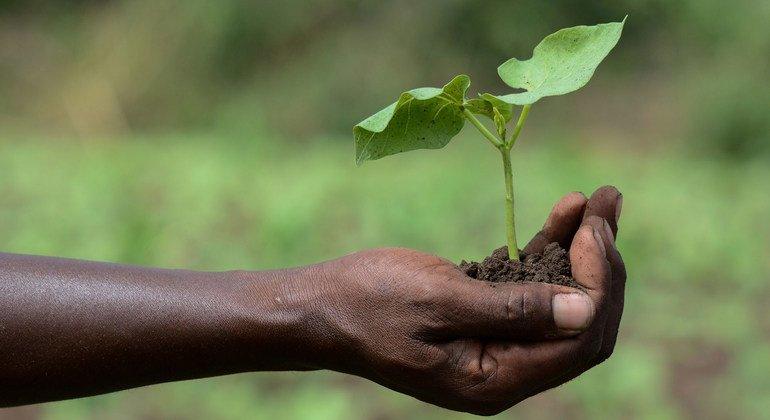The report estimates 8.2 percent of the global population (673 million individuals) experienced hunger by 2024down from 8.5 percent in 2023 and 8.7 percent in 2022.
Latin America and Asia saw improvements in which the incidence of malnutrition fell by 1.2 percent in Asia and 1 percent in Latin America and the Caribbean between 2022 and 2024.
However, 20 percent of the African population and 12.7 percent of people in the West Asian hunger show, showing evidence of an unfortunately stable increase.
Of the expected 512 million people who could be chronically malnourished by 2030, almost 60 percent will be in Africa.
Progress in sustainable development
Together, these figures and the report’s assessment of nutritional goals underlines the agenda of sustainable development the enormous challenge of achieving the global goal of zero hunger.
Among indicators of child nutrition, the incidence of stunting among the under-fives fell 3.2 percent from 2012 to 2024, but the proportion of obesity or waste of children remains largely unchanged.
Also remarkable was the increase in anemia among women aged 15 to 49 and adult obesity.
Of crucial importance, while global food security fell slightly from 2023 to 2024, 335 million more people were affected by 2024 than in 2019before the Covid-19 pandemic and 683 million more than in 2015, when the sustainable development agenda was adopted.
Food inflation in the Covid era
The report was published by five UN agencies: Food and Agriculture Organization (FAO), International Fund for Agricultural Development (IFAD), UN Children’s Fund (UNICEF), World Food Program (WFP) and World Health Organization (WHO).
They noticed that estimates of hunger and food security remain over pre-pandemic levels due to a “perfect storm” of Covid-19-inflation, the war in Ukraine and Klimachok.
When he spoke in the report’s preview on July 22, FAO chief economist Máximo Torero Cullen emphasized the fact that fiscal and monetary policies under the Covid-19 pandemic increased demand and inflation.
Combined with food and raw material constraints linked to the war in Ukraine and ongoing climate, these factors drove food inflation dramatically and prevented the post-pandemic recovery in food security and nutrition.
This perfect storm hit countries with low and lower average income, especially hard, which drives food inflation even higher than the already increased global average.
As a result, although the number of people who could afford a healthy diet rose globally from 2019 to 2024 despite rising prices, it fell in countries with low and lower middle income where prices rose even more sharply.
Recommendations and financing needs
The report recommends a combination of political answers to combat global food price inflation. These include targeted tax measures to protect the most affected, credible and transparent monetary policies to keep inflation in chess and strategic investments in AgriFood systems.
The report and the agency leaders also emphasized that funding is needed to tackle global challenges.
“Hunger remains at alarming levels, but the financing needed to tackle it is falling,” emphasized WFP CEO Cindy McCain.
“This year, funding cuts of up to 40 percent mean that tens of thousands of millions of people lose the vital lifeline we deliver,” she added.
“While the small reduction in the overall frequencies of food security is welcome, the continued lack of performance of critical help to people with desperate need will soon annul these severely won gains, which triggers further instability in volatile regions in the world.”



